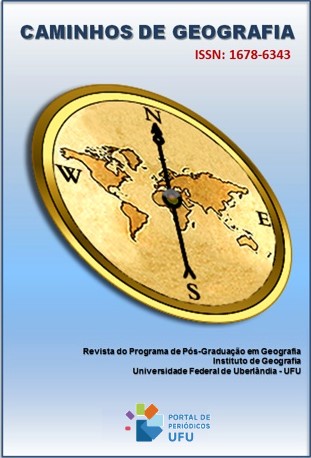DYNAMICS OF THE CONSUMER MARKET FOR FINE WINES AND SPECIAL BEERS IN BRAZIL IN THE 21ST CENTURY
DOI:
https://doi.org/10.14393/RCG249364636Keywords:
Production and consumption, Income distribution, Alcoholic beverage industry, Economic GeographyAbstract
This work aims to analyze the consumption of wines and beers in the country, from the analysis of the evolution of income distribution. It is assumed that the increase in wealth stimulates the desire for a greater variety of products and that consumer relations are essential in the process of economic development, since it is useless to produce a product if it is not consumed. In this sense, in the 2000s, the emergence of special beers in the alcoholic beverage consumer market was observed, as well as the expansion of the production of fine wines. This consumption is strictly linked to the rise in the middle-wage classes and to the new consumers of classes A and B willing to consume luxury products, but also to the diversification of products carried out by companies located in the national territory. It was found, from the analysis, that the Brazilian consumer market, differentiated by income distribution, is distinguished in the consumption of wines and beers by the regularity with which they consume. It was also possible to conclude that the market is on the rise, given the low per capita consumption, especially in the wines case.
Downloads
Downloads
Published
How to Cite
Issue
Section
License
Copyright (c) 2023 Silvia Cristina Limberger, Marlon Clovis Medeiros

This work is licensed under a Creative Commons Attribution-NonCommercial-NoDerivatives 4.0 International License.
Autores que publicam nesta revista concordam com os seguintes termos: a) Autores mantém os direitos autorais e concedem à revista o direito de primeira publicação, com o trabalho licenciado sob a Creative Commons Atribuição-NãoComercial-SemDerivações 4.0 Internacional. b) Autores têm permissão e são estimulados a publicar e distribuir seu trabalho online (ex.: em repositórios institucionais ou na sua página pessoal), já que isso pode gerar alterações produtivas, bem como aumentar o impacto e a citação do trabalho publicado. c) Em virtude de aparecerem nesta revista de acesso público, os artigos são de uso gratuito, com atribuições próprias, em aplicações educacionais e não-comerciais.











